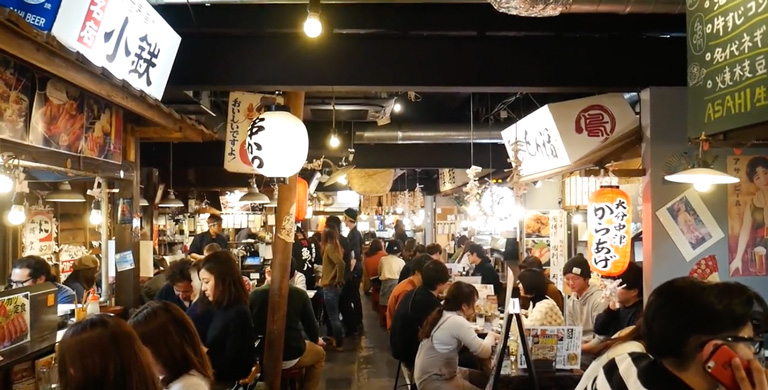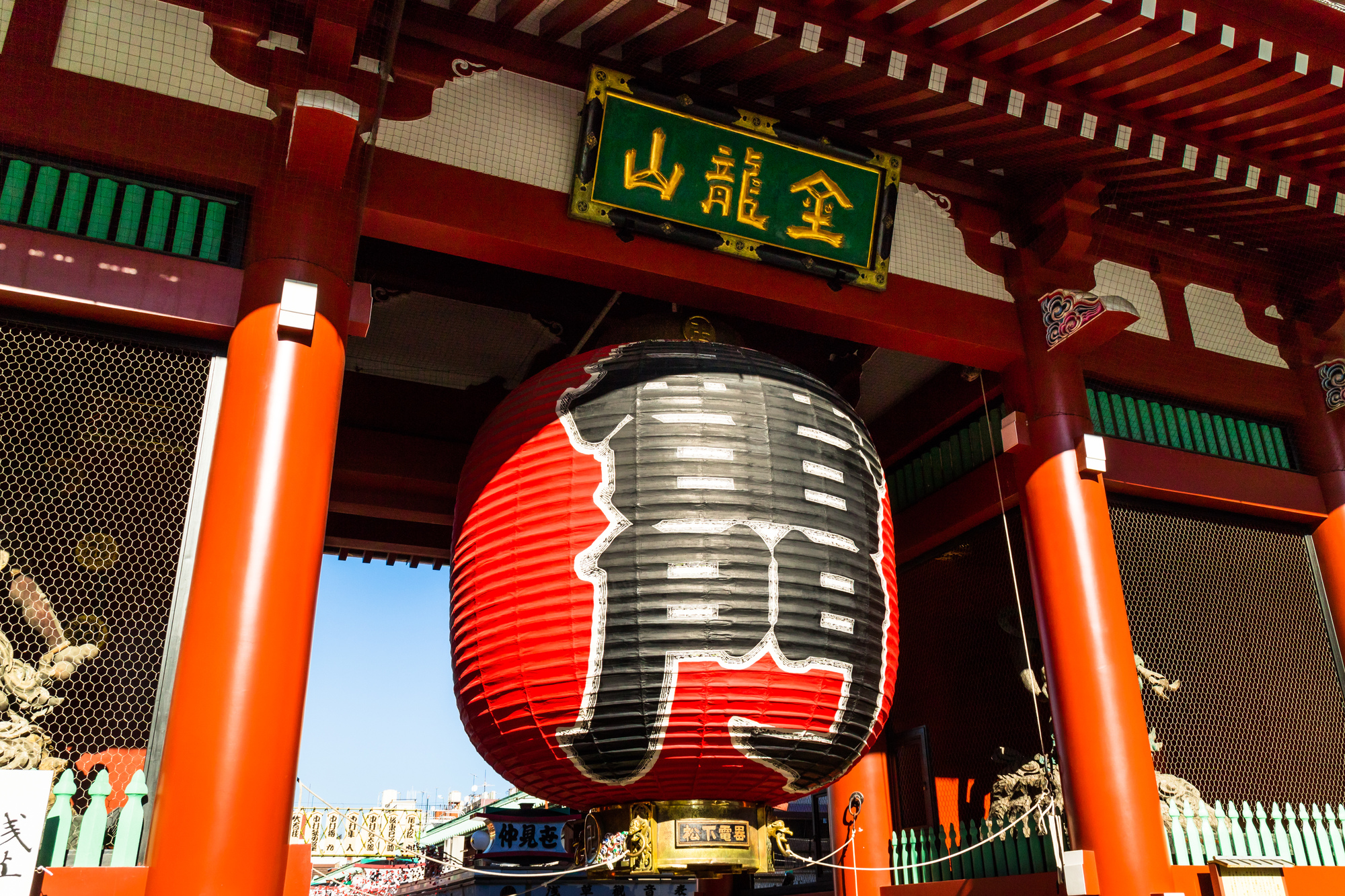About materials and design of Kimono – Historical Japanese culture Kimono
Kimono is well known in the world as one of the representations of Japanese traditional culture. Kimono is a Japanese traditional clothes, due to its beautiful and detailed design; people would refer it as “wearing art”. Kimono is now worn as a formal dress for a special occasion and Japanese traditional ceremonial lessons like tea and flower designing. There are many different styles of Kimono, people would chose them depending on seasons or occasions. People can pick and chose materials and designs to show their wishes and seasons. Although Kimono is a traditional clothes, people still get attracted to its value.
** **
What kinds of Kimono materials are available ?
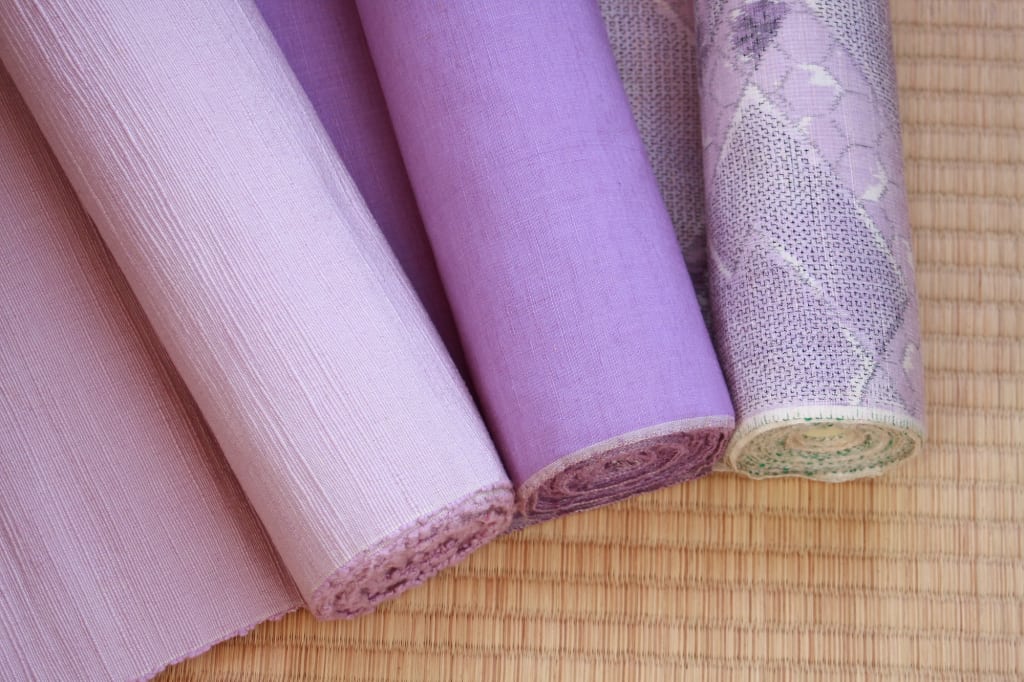
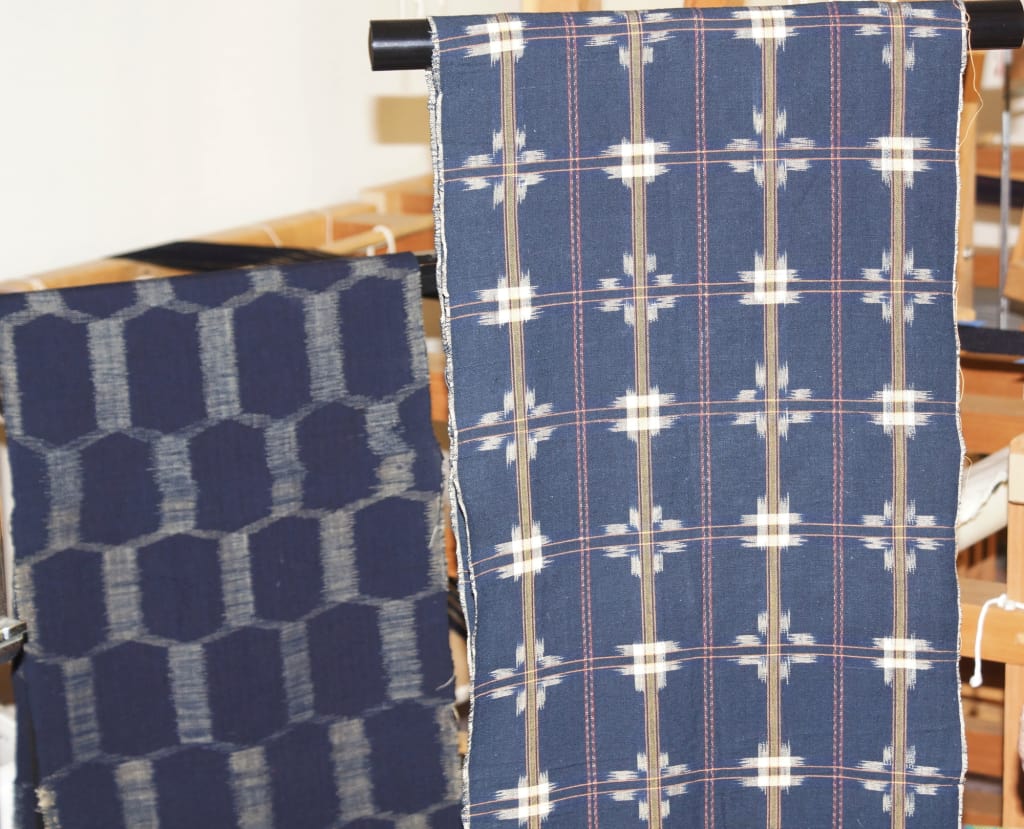
There are many materials to make a Kimono. Silk is best suited for a formal Kimono. Wool, cotton and polyester would suit to a casual Kimono. A silk Kimono would give out luxury shinny outlook, as well as gentle skin touch, thus people would chose to wear it at the most important occasion. A cotton Kimono has been worn over 400 years. Now polyester ones became as popular as cotton ones. Since polyester improved its cheaper look and breathability, people would like it as they can clean it in the washing machine. Moreover, polyester ones are cheaper than cotton ones also they have more varieties which make polyester ones accessible to people who do not wear them often. Japan has definite seasons; so people change their wardrobe accordingly. For instance, during the summer, people would pick hemp for its breathability and texture.
** **
What kinds of design are available?
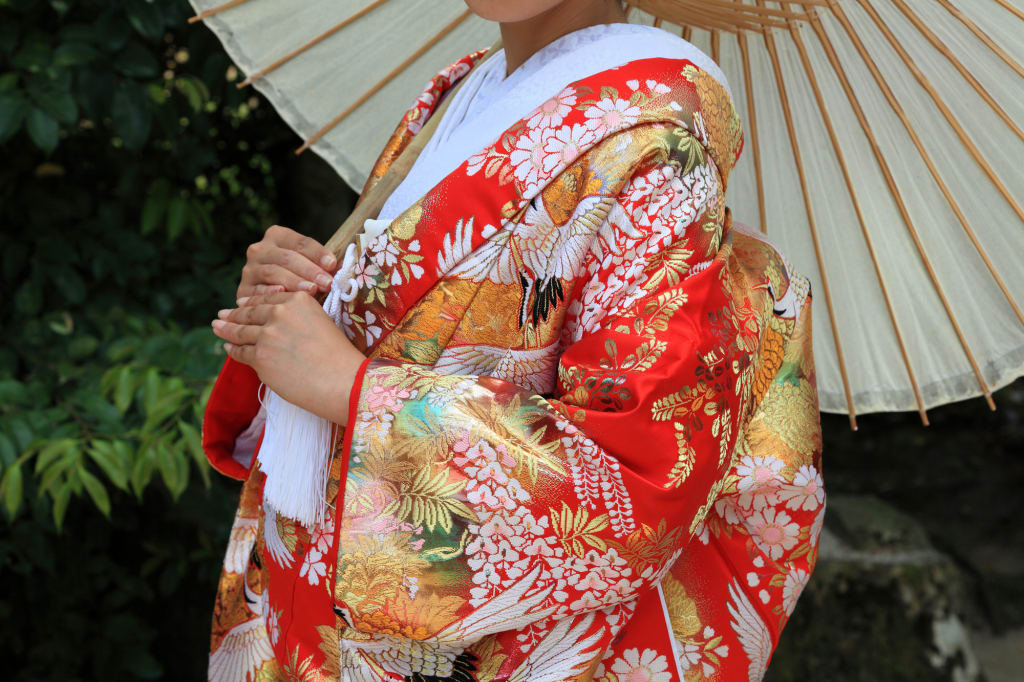
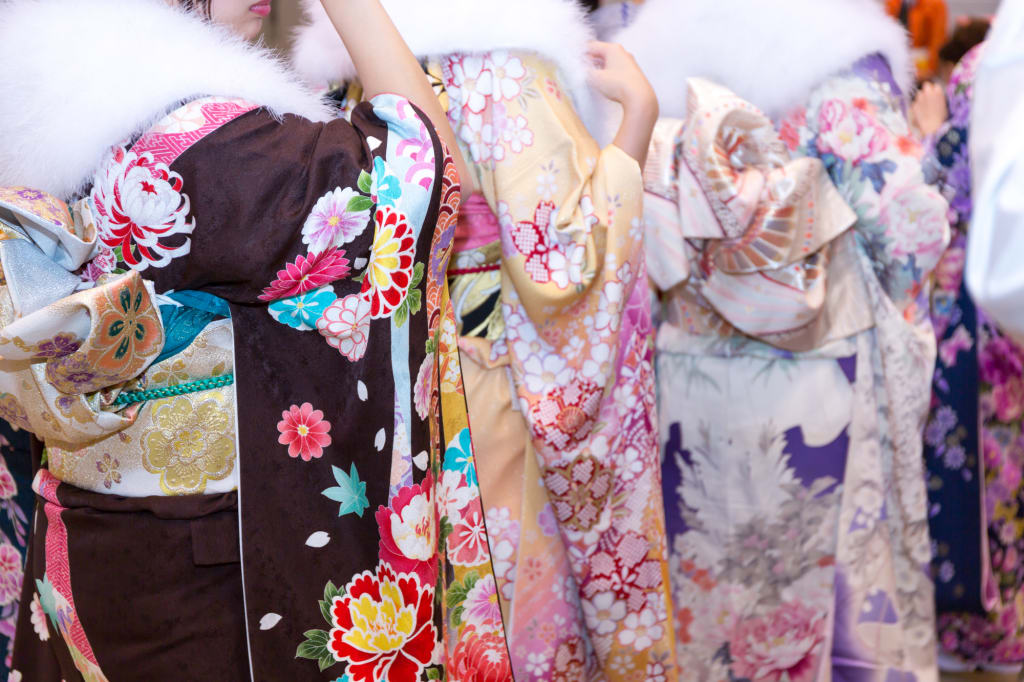
There are many Kimono motifs. Each ones can represent a wish or a meaning. People would also pick their design depending on a season as well. For example, stokes and turtles are symbols of good luck in Japanese culture. People would wear this design (called Kissho Monyou) to wish for a long happy life and good luck. They are especially popular for weddings. Also a traditional fan and a traditional Japanese carriage designs are representations of formal settings. They are often seen at parties and celebrations. A hemp pattern (geometric patterns) is popular amongst children because it means for a protection. Parents would pick the design for a wish of healthy growth. Finally, each season has its own symbol: spring is cherry flower (Sakura) and camellia; winter is pine and chrysanthemum. This Japanese clear definition of season would create Kimono’s vivid designs.
** **
What is Kimono?
If you want to know more about Kimono please check the article “What is Kimono – Historical Japanese culture – Kimono”

